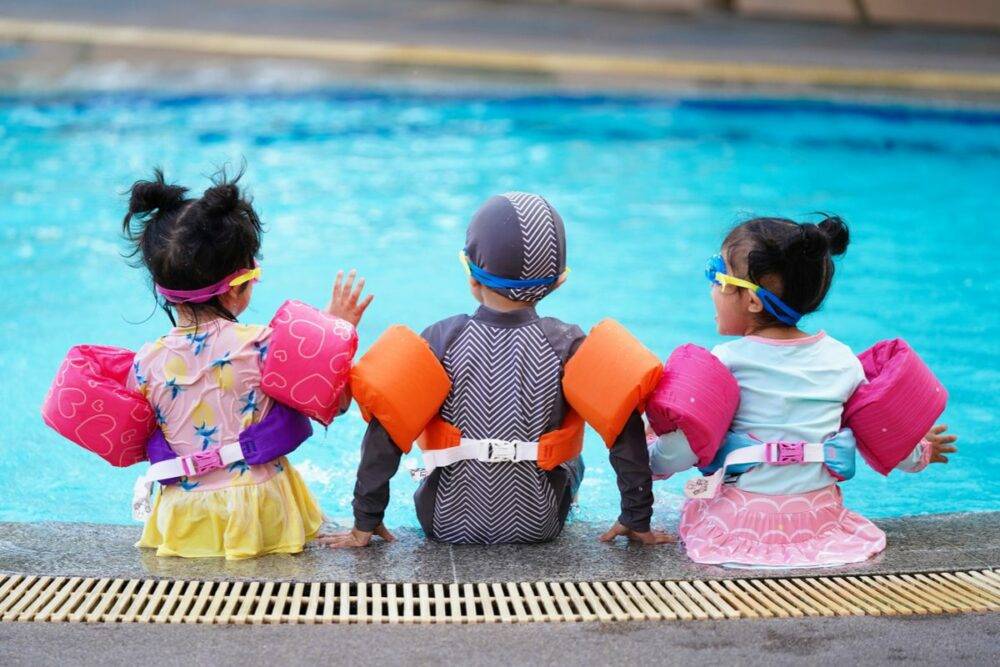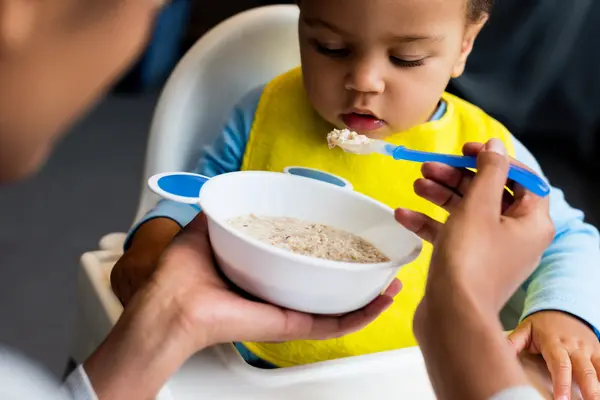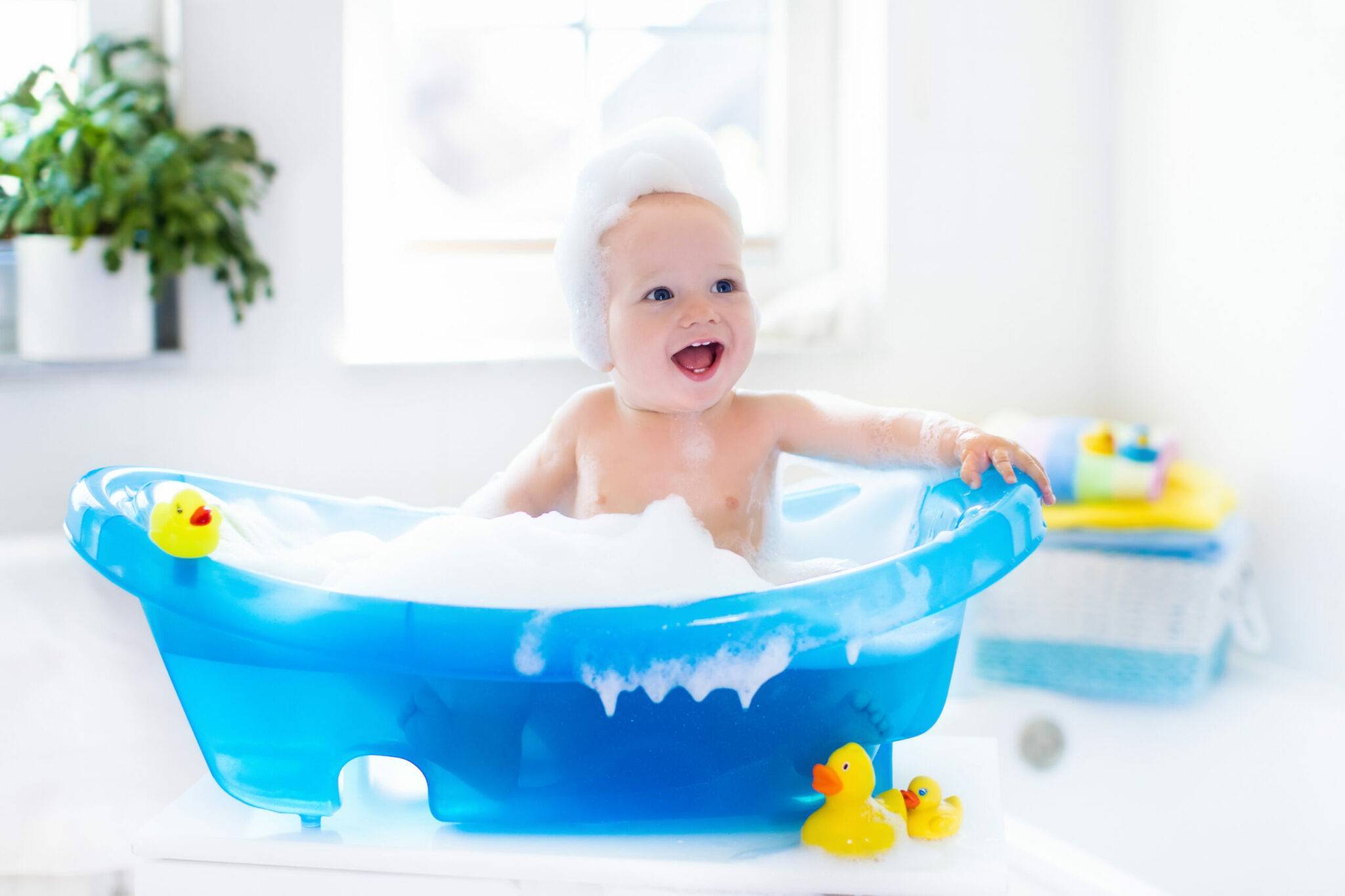The American Academy of Pediatrics (AAP) is urging parents to take extra precautions. Because of social distancing restrictions, children are spending more time at home with caregivers who may be distracted by work or other responsibilities.
“Drowning is the single leading cause of death for children ages 1 to 4, and it’s one of the top causes of death for teens. As children are at home more due to social isolation recommendations, they may have more access to pools, bathtubs, and other sources of water – all of which pose a drowning risk,” says pediatrician Ben Hoffman, MD, FAAP, chair of the AAP Council on Injury, Violence & Poison Prevention.
Dr. Hoffman also stresses the importance of staying safe during family vacations.
“Families may also be visiting lakes, rivers, or other open bodies of water as a way to get outdoors while still maintaining physical distance to reduce the spread of coronavirus,” Dr. Hoffman says. “We have to make sure that we plan layers of protection to keep children and teens safe around water, wherever they are.”
How to Keep Your Child Safe Around the Pool
Here are some things you can do to help keep your child safe around pools and bodies of water this summer:
Your children and the adults who supervise them should learn to swim. If swim lessons in your area have been suspended due to COVID-19, be sure to be extra vigilant in keeping your child safe until she can access lessons.
Caregivers as well as older children should also learn CPR.
Close, constant, attentive adult supervision around water is crucial. Assign an adult ‘water watcher.’ While on duty, this person should not be distracted by work, socializing, or chores.
Pools should be surrounded by a four-sided fence with a self-closing and self-latching gate. Research shows pool fencing can reduce drowning risk by 50 percent. You may also want to consider additional barriers such as door locks, window locks, pool covers, and pool alarms.
Everyone—children and adults—should wear US Coast Guard-approved life jackets whenever they are in open water or on watercraft.
Adult caregivers and teens should know using alcohol and drugs increases the risk of drowning while swimming or boating.
Water safety is important around the house, too. Empty all buckets, bathtubs, and wading pools immediately after use. If you have young children, use toilet locks and keep the bathroom door closed.
“We can’t drown-proof kids,” Dr. Hoffman says, “so planning layers of protection is the best way to protect all children around water.”
For more AAP resources on drowning prevention, visit aap.org/drowning.





